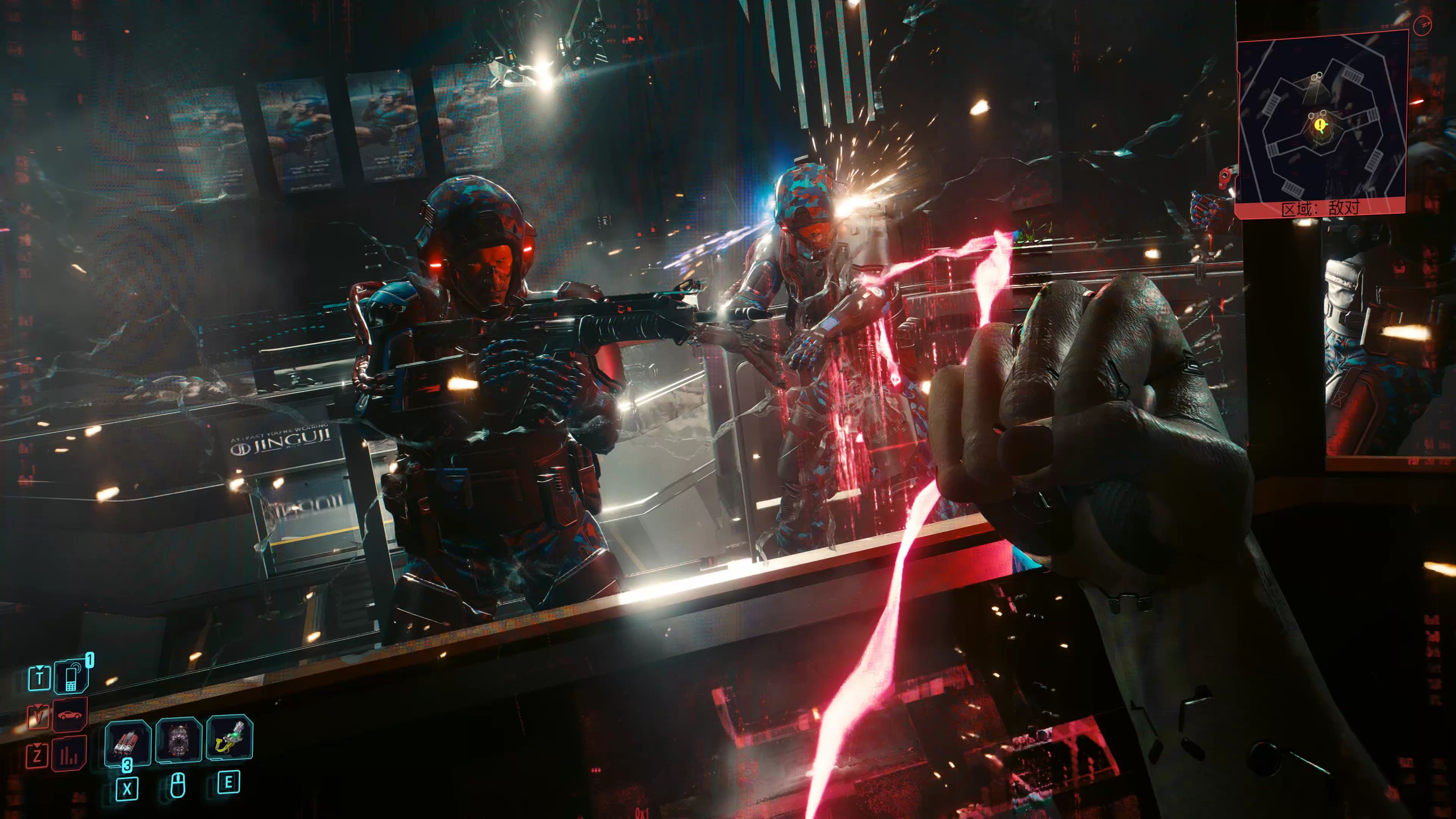The Seamless Shift: Mastering Offense-to-Defense Rotations in Rocket League
There's a moment in a high-level Rocket League match that separates the good teams from the great ones. It’s not a spectacular double-tap or a lightning-fast save. It’s the quiet, coordinated chaos that happens after a scoring chance fizzles out. One moment, your team is pressing the opponent's goal, a whirlwind of orange and blue; the next, you're all safely back, organized, and ready to defend. This isn't luck. This is the art of the offense-to-defense rotation, the most critical system for achieving consistent wins and climbing the ranks.
For many players, the transition from attack to defense is the most vulnerable point in a game. It’s where frustration builds, as a missed shot turns into an instant goal against you. You've likely asked yourself: "Why were we all in their corner?" or "Who was supposed to be last back?" Mastering this phase of the game requires more than just mechanical skill; it demands a shared understanding of principles, roles, and, most importantly, trust.
The Foundation: Understanding Rotation Roles
Before we dive into the transition itself, let's establish the core roles during an offensive play. Think of them not as fixed positions, but as fluid responsibilities.
- The First Man (The Aggressor): This player is directly challenging the ball. They might be taking a shot, attempting a dribble, or applying pressure to force a bad clear from the opponent. Their job is to create offensive threat and disruption.
- The Second Man (The Support/Finisher): Positioned mid-field, this player is ready for a pass, a rebound, or a "second touch" if the first man's play is blocked. They are the bridge between aggression and security. A good second man is always calculating: "If my teammate loses this challenge, where will the ball go?"
- The Third Man (The Safety/Anchor): This is the guardian. They play far back, often around half-field or deeper, with a primary focus on defense. Their job is to stop long clears, take possession of a ball that gets past their teammates, and be the last line of defense. They are the foundation that allows the first and second men to take risks.
The crucial concept here is that these roles are constantly swapping in a healthy rotation. The problem occurs when this cycle breaks down during the shift from offense to defense.
The Critical Moment: Recognizing the "Turnover Trigger"
The transition begins not when the ball is in your net, but the moment your team loses offensive possession. This is the "turnover trigger." It could be:
- Your shot is saved.
- You lose a 50/50 challenge in the opponent's half.
- The opponent gains a clean possession from a corner bounce.
- A passing play is intercepted.
The instant this trigger is pulled, every player on your team must switch their mindset from "How can we score?" to "How do we prevent a goal?" This mental shift is the first and most important step in executing a proper defensive recovery.
The Principles of a Flawless Offense-to-Defense Swap
A successful rotation back isn't about everyone just boosting wildly towards their own goal. It's a structured, intelligent retreat.
-
The Immediate Exit of the First Man: The player who just made the offensive play (the First Man) has the most important job: get out. Immediately. Your job is done. You are likely low on boost and in a poor position. The worst thing you can do is linger for a "second chance." Instead, your path is to rotate directly back towards your far post—the post furthest from the ball's likely path. This is the cornerstone of effective team rotation. By taking this wide, deep path, you avoid cutting off your teammates, you pick up small boost pads on the way, and you seamlessly become the new Third Man.
-
The Second Man Becomes the Temporary First Man: As the First Man is exiting, the Second Man's role becomes critical. They must apply immediate, intelligent pressure. This doesn't mean committing for a low-percentage challenge. It means "shadow defending"—positioning yourself between the ball and your goal, mirroring the opponent's movement, and slowing them down. Your goal is to buy time. Every second you delay the opponent's attack is a second for your exiting First Man to get back and for your Third Man to get organized. This delaying tactic in Rocket League is a high-level skill that disrupts the opponent's offensive momentum.
-
The Third Man Holds the Fort: The Third Man, who was already in a defensive position, must now be the rock. They should be positioned in or near the goal, oriented towards the play, and conserving their boost. Their job is to make the save if the opponent gets a shot off during this transitional chaos. They must resist the urge to push up unless they are 100% certain they can win the ball cleanly. A Third man who over-commits during a transition is the number one cause of open-net goals.
-
The Cycle Re-establishes: Once the First Man has fully rotated back, arriving at the far post with some boost, the cycle resets. The temporary First Man (the former Second Man) can now disengage and begin their own rotation out, following the same far-post path. The former First Man is now the new Third Man, and the team is once again organized defensively.
Common Rotation Breakdowns and How to Fix Them
Let's diagnose some frequent issues that plague teams during these swaps.

-
The Triple Commit: All three players are caught in the opponent's corner after a failed shot. This is a death sentence. Solution: Discipline. The First Man must leave instantly. The Second Man must recognize the lost cause and not follow the First Man into the same challenge. Trust that your teammate is rotating out.
-
The Cut-Rotation: A player, often low on boost, sees the ball coming towards them and turns back into the play, cutting off the teammate who was properly rotating behind them. This creates confusion and leaves a massive gap in defense. Solution: Trust the system. If you are rotating out, stay out. Your job is to recover. Let the player behind you, who has better positioning and momentum, take the ball.
-
The "Ball Chaser" Paradox: Sometimes, a player with great mechanics can keep possession during a transition, but it often leaves their team scrambling. Solution: Even if you can keep the ball, a quick, clear pass back to your Third Man is often safer than trying to 1v3 the entire opposing team. This is part of maintaining team cohesion in Rocket League.
-
Boost Starvation: A team that fails to rotate properly will constantly be fighting each other for big boost pads, leaving everyone drained. Solution: The path of a proper rotation—the wide arc to the far post—is naturally lined with small boost pads. By following this route, you can maintain around 40-50 boost, which is more than enough to make a save or clear. Mastering the small pad paths is a non-negotiable part of advanced Rocket League rotations.
Drills for a Smoother Transition
You can practice this alone or with friends.
- Shadow Defense Training: In free play, have a friend attack your goal while you practice slowing them down from a midfield position, without committing, all the way back to your corner.
- "Get Back" Repetitions: In a private match, deliberately shoot on goal and immediately practice your wide rotation path to the far post, focusing on picking up small boost pads along the way.
- Replay Review: This is the most powerful tool. Watch a replay from your perspective, and then from a teammate's perspective. Every time you get scored on during a transition, pause and ask: "Who was at fault? Where did the rotation break? What should I have done differently?"
Mastering the offense-to-defense swap transforms Rocket League from a game of individual highlights into a symphony of coordinated movement. It builds an unspoken trust between teammates, where you know that if you commit, someone has your back. It turns desperate, panicked saves into calm, collected clears. By internalizing these principles of fluid positional rotation, recognizing the turnover trigger, and committing to the disciplined path, you will not only prevent goals—you will create a foundation of stability from which your most devastating attacks can reliably launch. So next time you push up for a shot, have your exit route already in mind. Your teammates (and your rank) will thank you for it.














